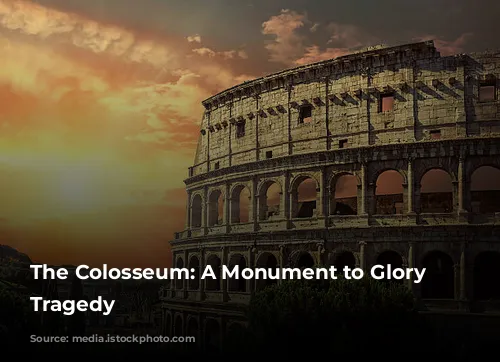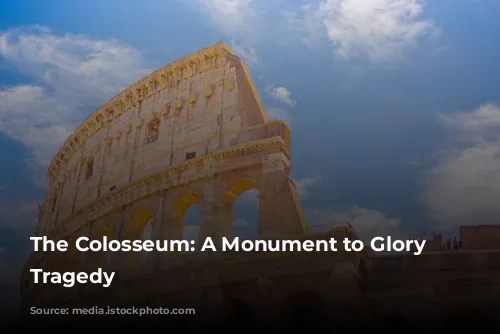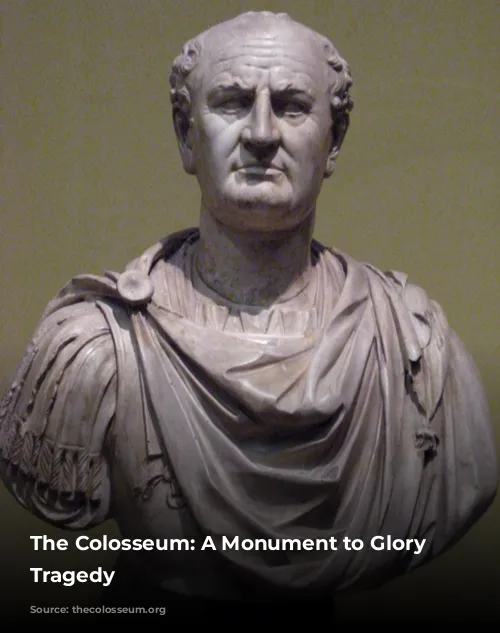The Colosseum, a towering symbol of ancient Rome, stands as a testament to the grandeur and brutality of a bygone era. This iconic amphitheater, with its nearly two thousand years of history, has witnessed countless spectacles, both awe-inspiring and horrifying. Let’s embark on a journey through time, exploring fascinating facts about this architectural marvel.
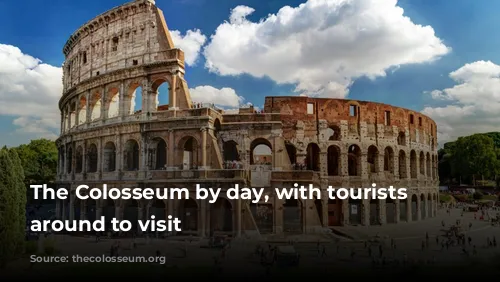
The Birth of a Monument
The Colosseum’s construction began in 72 AD under the reign of Emperor Vespasian. Although Vespasian sadly died before its completion, his sons, Emperors Titus and Domitian, continued the project. A massive workforce of Jewish slaves, overseen by skilled Roman engineers and craftsmen, tirelessly toiled to bring this grand vision to life. It’s estimated that 60,000 to 100,000 individuals were involved in its construction. The Colosseum was finally completed in 80 AD, marking the beginning of its legacy.
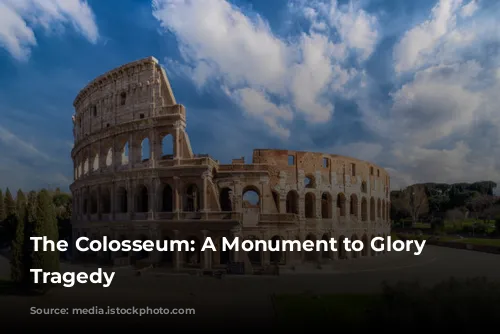
A Symbol of Imperial Power
The Colosseum’s birth was born out of political necessity and a desire to appease the Roman populace. After the devastating Great Fire of 64 AD, Emperor Nero had built a lavish palace for himself, the Domus Aurea, on the ruins of the city. However, this blatant display of wealth and extravagance angered the citizens. When Nero was overthrown, Emperor Vespasian seized the opportunity to dismantle Nero’s palace and replace it with the Colosseum. This grand amphitheater became a symbol of Roman power, providing a space for entertainment and unity amongst the people.
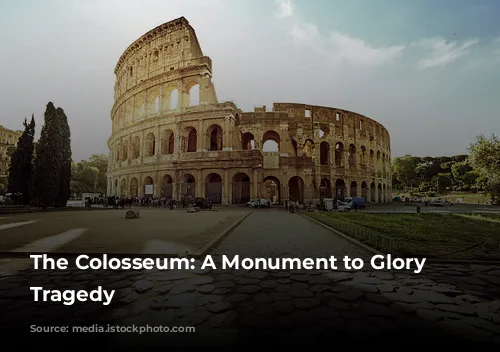
A Name Rooted in Legacy
Initially known as the Flavian Amphitheater, the Colosseum’s name is believed to have originated from a colossal bronze statue of Emperor Nero that once stood nearby. This statue, modeled after the Colossus of Rhodes, gave the amphitheater its name.
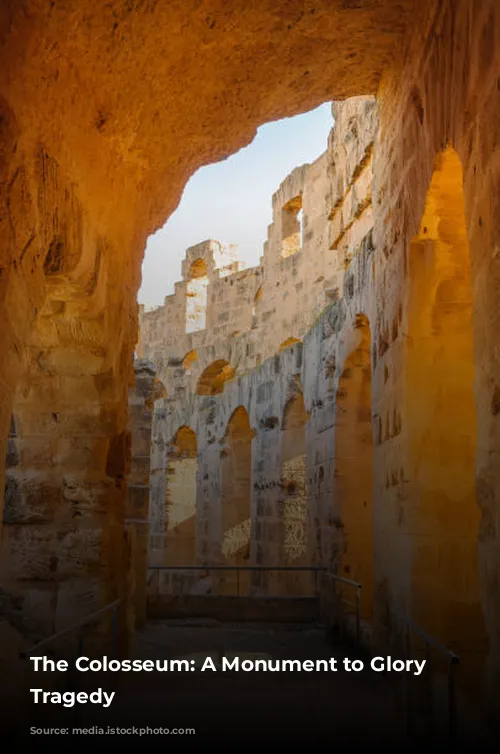
A Colossal Architectural Achievement
The Colosseum’s grandeur is truly awe-inspiring. This oval-shaped structure measures 189 meters long, 156 meters wide, and 48.5 meters tall, covering a vast area of 6 acres. Its exterior walls are adorned with three levels of columns, each representing a distinct architectural order: Doric, Ionic, and Corinthian. Each level boasts 80 arches, 76 of which are numbered with Roman numerals, serving as guides for spectators.
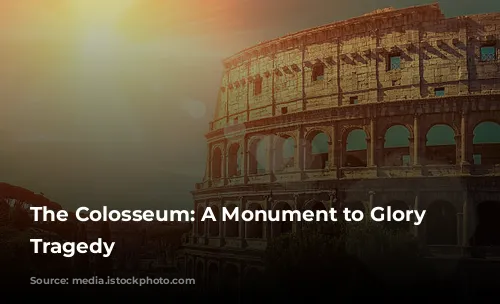
The Heart of the Colosseum: The Hypogeum
Beneath the arena floor lies a labyrinthine network of tunnels and chambers known as the Hypogeum. This intricate system served as a holding area for gladiators, animals, and prisoners awaiting their fate. 80 vertical shafts provided access to the arena from the Hypogeum, and a complex network of trap doors allowed for the dramatic deployment of scenery during the spectacles.

A Sea of Faces
The Colosseum was designed to accommodate a vast audience. It could hold between 50,000 and 80,000 spectators, who were seated in tiered rows, offering an unparalleled view of the arena. The sheer scale of the Colosseum and its ability to house such a massive crowd speaks volumes about the importance of these spectacles in Roman society.
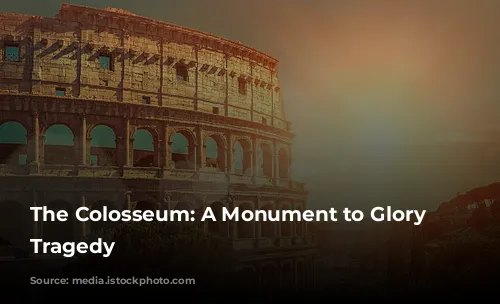
A Legacy of Blood and Spectacle
The Colosseum’s history is intertwined with brutal and often horrifying events. Gladiator battles, hunts, and executions were commonplace. It is believed that 400,000 individuals perished within its walls, including gladiators, slaves, convicts, and other entertainers. The sheer scale of death and suffering that occurred within its walls is both chilling and sobering.
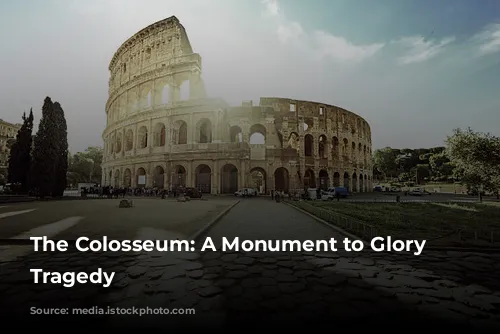
Animals in the Arena
A diverse array of animals were brought into the Colosseum for spectacles. Some were used in staged hunts, where skilled humans would face off against ferocious beasts. Others were employed as executioners, ruthlessly dispatching those condemned to die in the arena. Lions, tigers, wolves, bears, leopards, wild boars, elephants, hyenas, buffalo, hippos, crocodiles, and even giraffes were all showcased within the Colosseum’s walls. The sheer number of animals killed within its walls, potentially reaching millions, is staggering and a testament to the extravagance and brutality of the Roman games.
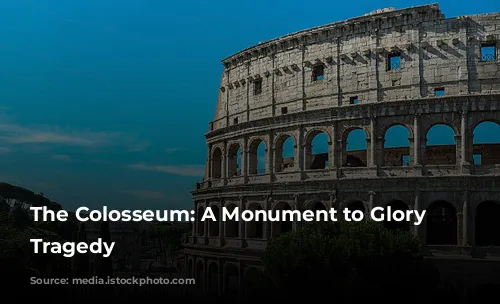
The End of Gladiator Fights
The Colosseum’s reign of bloodsports eventually came to an end. The exact date is unknown, but the last recorded gladiator battles occurred in 435 AD. While popular belief attributes this shift to the rise of Christianity, the truth lies in economic realities. The Colosseum had fallen into a state of disrepair, the Roman Empire was in decline, and the resources needed to maintain the building, pay for gladiators, and procure wild animals were scarce.
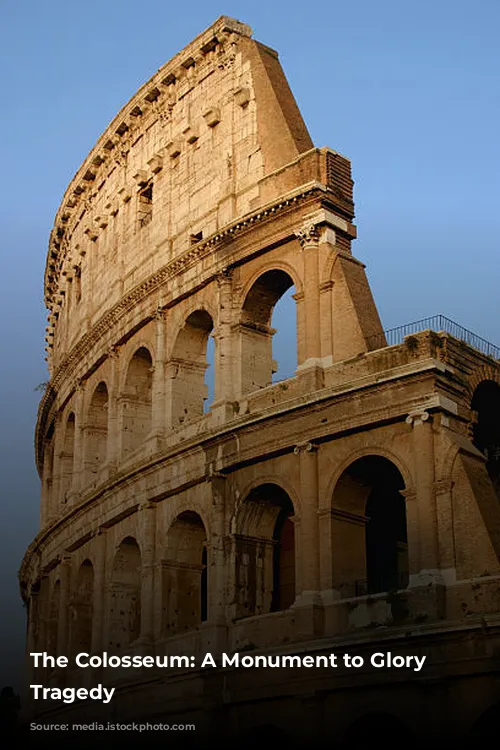
A Monument Reborn
Throughout its history, the Colosseum has faced numerous challenges, including fires and earthquakes. Despite these setbacks, it has been repaired and rebuilt, standing as a testament to its enduring strength. After its days as an arena ended, it was repurposed for various uses, including a cemetery, a place of worship, and a fortified castle. Today, it stands as a world-renowned tourist attraction, drawing over 7 million visitors annually.
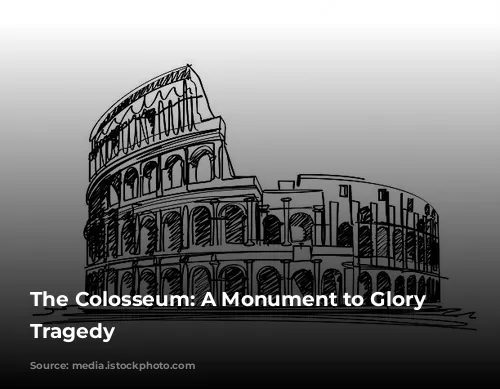
A Timeless Legacy
The Colosseum stands as a powerful reminder of the complexity of the Roman Empire. It encapsulates the grandeur of its architecture, the brutality of its entertainment, and the resilience of its spirit. It continues to enthrall and inspire, inviting us to reflect on the past and contemplate the enduring legacy of this iconic monument.
